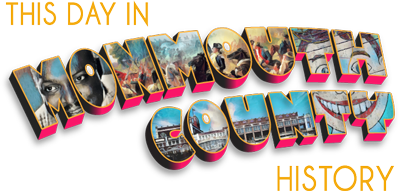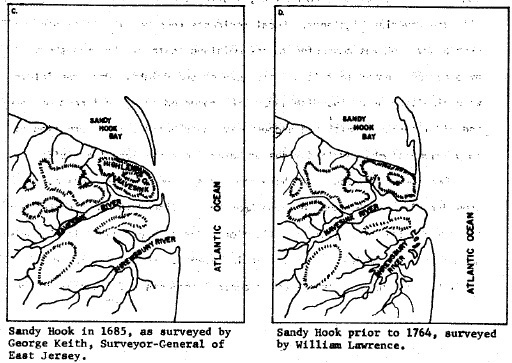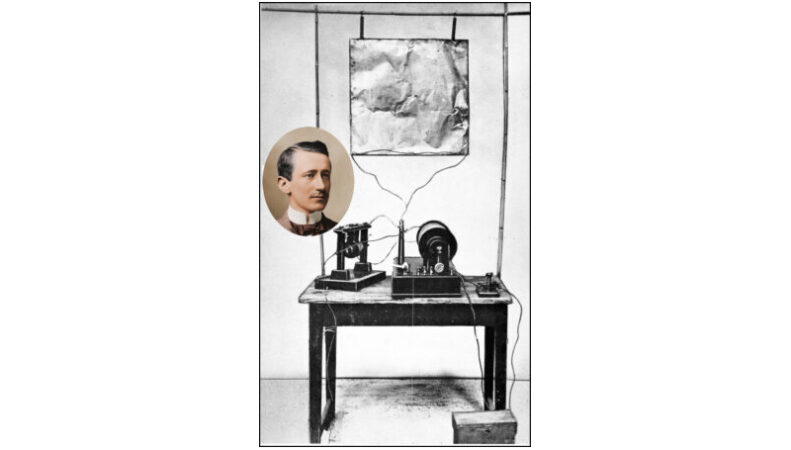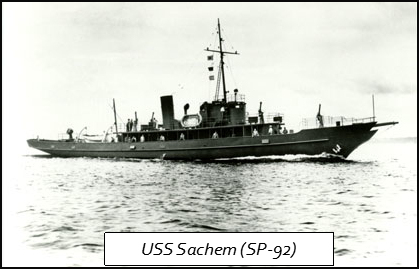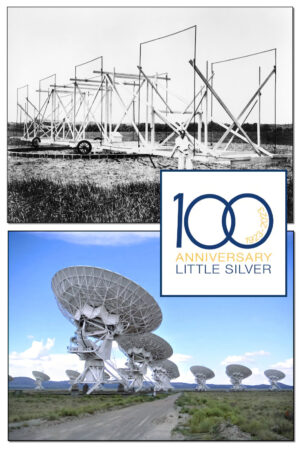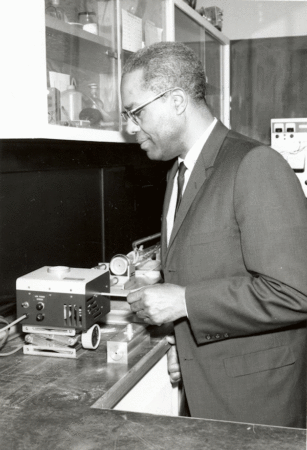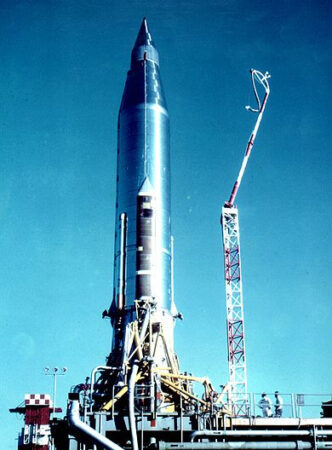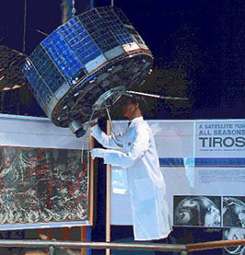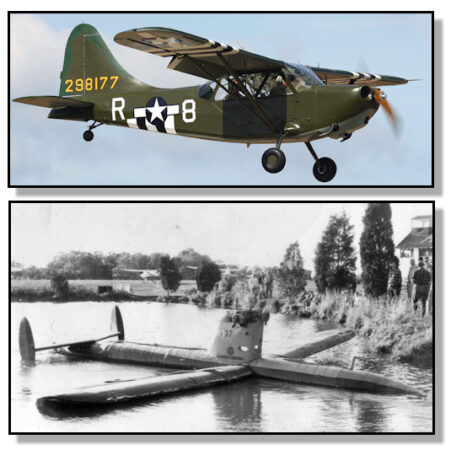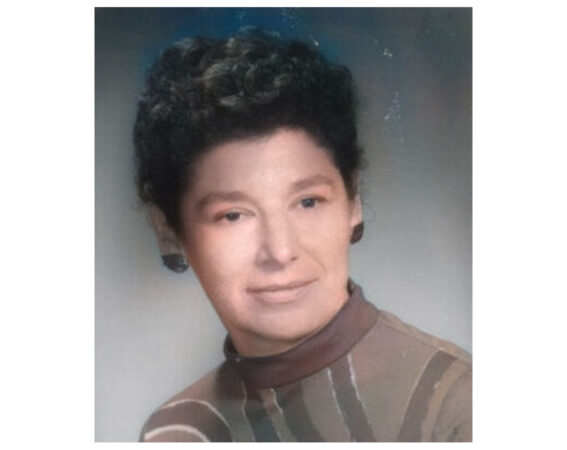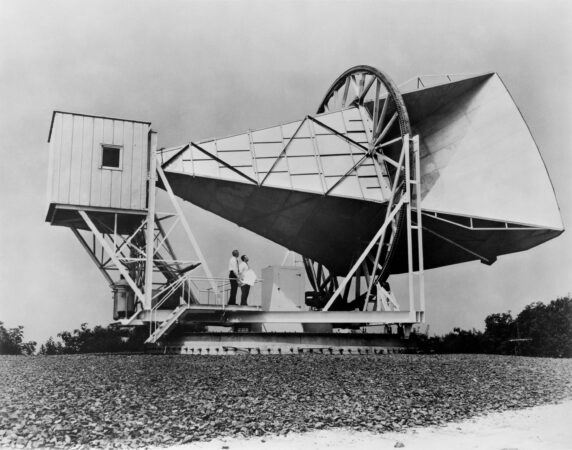Science
July 8, 1848
The Shrewsbury Inlet Closes – For Good
On July 8th, 1848, the Shrewsbury Inlet closed for the last time, converting Sandy Hook from an island back to a peninsula for good. Over the decades, storms and shifting sands resulted in the inlet closing and reopening several times....
September 30, 1899
Guglielmo Marconi Demonstrates Wireless Telegraph in the U.S.
Guglielmo Marconi was an Italian physicist and inventor of wireless telegraph. In 1909 he received the Nobel Prize for physics, shared with Ferdinand Braun. On September 30, 1899, Marconi first utilized his wireless telegraph technology in the U.S., following successful...
August 10, 1910
The Wright Brothers Bring Aviation to Monmouth County
On August 10, 1910, the Wright Brothers came to Monmouth County to stage “America’s Greatest Aviation Meet.” It was designed to be a grand exhibition of manned heavier-than-air flight using the aviation system the Wrights created. The aircraft, called the...
March 7, 1917
A Brief Timeline of Thomas Alva Edison in Monmouth County
Editor’s note: Thomas Alva Edison (born February 11, 1847, Milan, Ohio; died:October 18, 1931, West Orange, N.J.) was “America’s Genius Inventor,” a man who averaged one patent for every 10-12 days of his life, including the incandescent light bulb, the...
July 18, 1917
A Man Who Will Not Be Thwarted, Thomas Alva Edison Begins Conducting Submarine Defense Experiments from Sandy Hook
In early 1917, Thomas Alva Edison fell ill, and so his Naval Consulting Board moved on without him to recruit a scientific advisory group and build a new naval research laboratory. After he recovered, U.S. Navy Secretary Josephus Daniels suggested...
May 4, 1933
Karl G. Jansky, the Father of Radio Astronomy
On May 4, 1933, Bell Labs announced that one of their scientists working in the Holmdel facility had succeeded in detecting radio waves from the Milky Way galaxy, a breakthrough that signaled the birth of a new field of science...
October 24, 1936
Albert Einstein Visits Monmouth County’s New Utopian Community
Timeline story by Yvette Florio Lane, Ph.D. On October 24, 1936, Albert Einstein, arguably the world’s best-known scientist, was among a small group of public intellectuals and social influencers who attended the opening of an experiment in planned communal living...
September 2, 1945
Dr. Walter McAfee: Camp Evans Mathematician, Scholar, and Scientist
Editor’s note: On September 2, 1945, documents were signed finalizing the surrender of the Empire of Japan to the United States and Allied Forces, ending World War II. Within days, with victory assured, scientists at leading research centers such as...
January 10, 1946
Project Diana: The Beginning of the Space Age
Editor’s note: The following article and images are reprinted with permission from the InfoAge Science & History Museums website at InfoAge.org. The InfoAge complex houses a surprising array of museums and exhibits on a variety of subjects, but it is...
June 25, 1946
Russell S. Ohl, Inventor of the Silicon Solar Cell
On June 25, 1946, the U.S. patent office approved an application from Bell Labs for a silicon solar cell invented by Russell S. Ohl, which became U.S. Patent No. US2,402,662A, “Light sensitive device.” It was one of more than 130...
December 18, 1958
SCORE, The World’s First “Talking” Satellite
On December 18, 1958, the world's first "talking" satellite was successfully launched, a product of the U.S. Army Signal Corps Laboratories at Fort Monmouth in conjunction with the then-new Advanced Research Projects Agency. Called "SCORE," which stands for “Signal Communications...
April 1, 1960
TIROS-1: The World’s First Weather Satellite
On April 1, 1960, the TIROS-1 satellite sent the first televised weather photographs of the Earth’s cloud cover and weather patterns to the giant 60-foot “Space Sentry” antenna at Fort Monmouth. The Television Infrared Observation Satellite Program (TIROS) was a...
September 1, 1961
The Bell Labs Holmdel Complex
Famed architect Eero Saarinen died on September 1, 1961. At the time of his death, one of his major projects was the The Bell Labs Holmdel Complex, in Holmdel Township. Bell Labs functioned for 44 years as a research and...
June 9, 1964
Shrewsbury Had Flying Jeeps but Asbury Park Had a Flying Submarine
This is a story about small airfields of Monmouth County that are now long gone. During World War II, residents of Monmouth County became accustomed to seeing a number of small aircraft, midget planes known affectionately as "Flying Jeeps" passing...
June 8, 1968
Dr. Emily M. Frisby, Fort Monmouth Climatologist: “Weather can be made to work for the world, if it is interpreted properly.”
By Melissa Ziobro Editor’s note: On June 8, 1968, the U.S. Army began a two-day conference on tropical meteorology at the Marine Sciences Center in Coral Gables, Fla. Noteworthy among the moderators and presenters was Dr. Emily M. Frisby (pictured...
November 14, 1973
Marilyn Levy, A Genius Photo-Chemist at Fort Monmouth
By John R. Barrows On November 14, 1973, the U.S. Army Electronics Command (ECOM) presented the Army Research and Development Achievement Award to three civilian Fort Monmouth employees: Dr. Pete H. Hudson Jr., of Freehold; Louis J. Jasper Jr., from...
October 17, 1978
Bell Labs’ Arno Penzias & Robert Wilson Are Nobel Prize Laureates
On October 17, 1978, Arno Penzias and Robert Wilson, researchers at Bell Labs in Holmdel, were recipients of the Nobel Prize in Physics for their discovery of cosmic microwave background radiation. Using the powerful “Holmdel horn antenna” (pictured), Penzias and...
